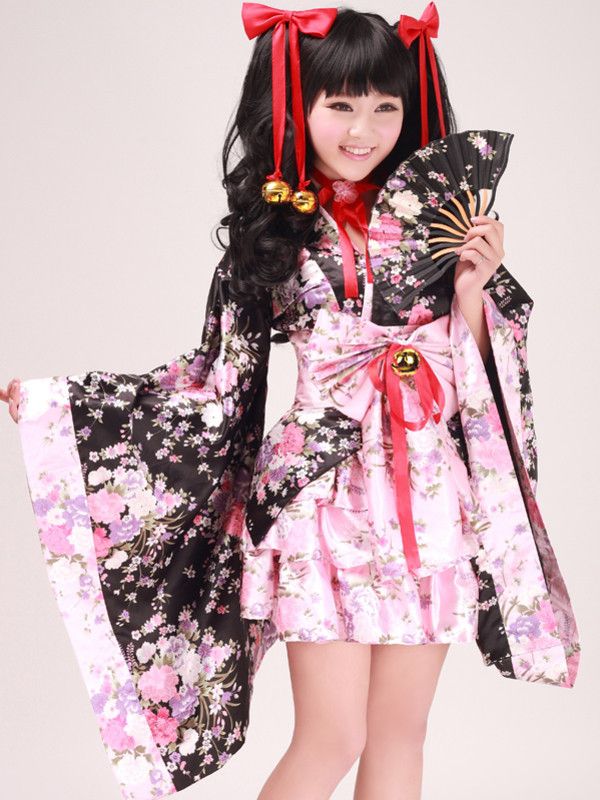Definitions
With the end goal of this article it very well may be useful in any case a couple of definitions of the various descriptors that are most ordinarily used while alluding to a robe worn around the house as loungewear:
Robe
The English word ‘robe’ is taken from the center English expression of the same name signifying ‘piece of clothing’, the word ‘robe’ has its roots in the Frankish language as ‘robe’. It is remembered to have begun with the significance of ‘goods’ or ‘spoils’ alluding to items and clothing stolen and connected with the word ‘loot’. The word was embraced by the Old French language to initially allude to the same ‘goods’ or ‘spoils’ but the significance has developed to the present day to now allude to ‘a lady’s dress.’

The place of distinction between a robe and similar items such as a shroud and cape are its sleeves.
Bathrobes
Bathrobes are made using absorbent fabrics, most usually terry drying, this has the advantage of drying the body after washing. The shower robe serves two benefits; as a towel, absorbing moisture after washing and as a casual article of clothing of clothing, to be worn around the house subsequent to waking in the first part of the day and robe chinoise moderne wearing at night after washing. A dressing outfit is a term that was generally associated with men’s clothing garments. Dressing gowns are loose open fronted robes that usually close with a texture belt about the waist, substantially more on this to come.
Housecoat
Albeit regularly finished, the dressing outfit should not be confused with the housecoat, this was an extremely famous thing of clothing during the 1940s. Also known as a duster, the house coat was an exceptionally useful piece of clothing; it was longer long than a cover and more modest in inclusion than a pinafore. At the point when ladies would seldom leave their houses without looking their absolute best the housecoat was the ideal method for safeguarding the chosen outfit of the day, ladies would simply switch into their housecoat to play out their everyday chores.
Housecoats fluctuated in style yet were usually knee length or longer to cover any under garments, they were produced using a light texture which was sometimes knitted for warmth. The housecoat would fasten at the front with either buttons or a zipper. The use of the housecoat developed over the long haul, turning out to be more rich, sophisticated and ladylike in structure, numerous ladies started to wear their housecoats in the evenings, in any event, while hosting guests, the housecoat took on a similar job to the male would dressing outfit’.